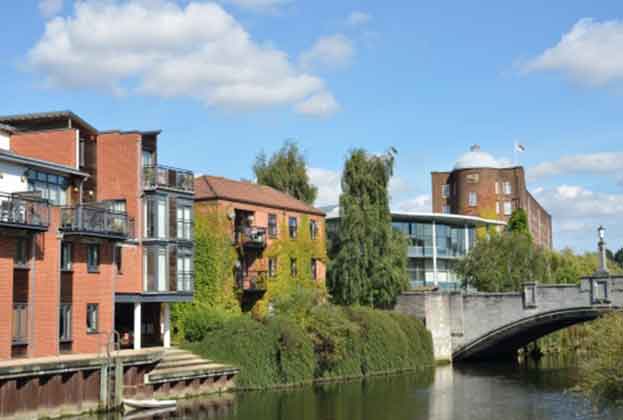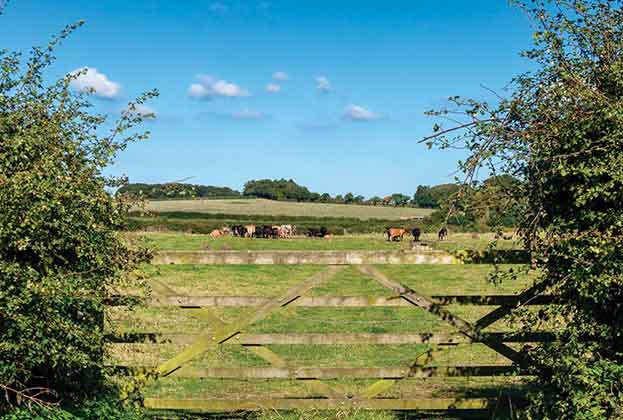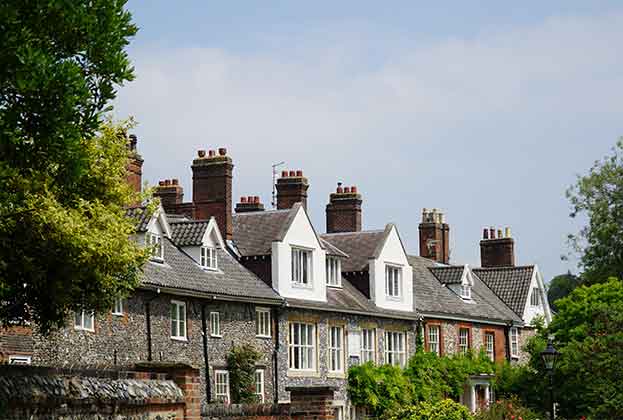The residential market in Norfolk has shown resilience in the face of uncertainty
The housing market is slowing across much of the country, with falls in the number of transactions since the end of 2017. This fall in activity is largely driven by ongoing political uncertainty, people tend to prefer more stability when making such large financial decisions. Norfolk hasn’t managed to avoid this slowdown, with a 3% drop in transactions in May 2019 compared to the previous year. This fall is in line with the national trend, however, and shows Norfolk to be significantly more robust than London or the South East, which both saw falls of 6–7% each over the same period.
Despite the slowing market, value growth in Norfolk has remained resilient. The last year saw average values grow by 2.8% in the county, significantly higher than the regional and national growth rates of 0.5% and 1.5% respectively. The fastest-growing areas in Norfolk are Great Yarmouth and Broadland, up 5.3% and 4.2% over the past year respectively. Norwich has seen weaker growth of 1.7% over the past year, but this still outpaces King’s Lynn, the weakest part of the county, where average values have grown by 0.2% year on year.
The prime market
Across the prime markets of Norfolk, lower-value properties, those worth less than £1m, have seen strong growth of 16% over the past five years. By comparison, those over £1m have seen almost no price growth over the same period. This is in part due to higher stamp duty rates for the top end of the market which were introduced in December 2014. More recently, the uncertainty surrounding Brexit has subdued appetite for these higher-value properties as this part of the market tends to be more discretionary.
In line with the national trend, Norwich has outperformed surrounding areas. Prime properties in the city have seen growth of 27% over the past five years while those in surrounding villages and rural locations have only risen 7%. This demand for urban living across the country has been driven by increased appetite for access to local amenities and transport links.
The importance of affordability
Affordability is beginning to drive the market, particularly at higher price points. The average income to average house price ratio sits at 7.6 across England as a whole. In Norfolk, it varies from the eminently affordable Great Yarmouth at 6.4, to the more stretched market in North Norfolk at 9.6. Norwich sits at 7.2, significantly cheaper than nearby Cambridge (12.4) or Ipswich (12.5). This affordability gives Norwich a significant advantage at attracting and retaining a skilled workforce, which in turn will help drive long term economic growth.
Read the articles within Norfolk and Norwich: Adapting for change below.
.jpg)



